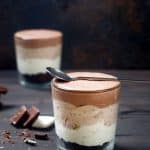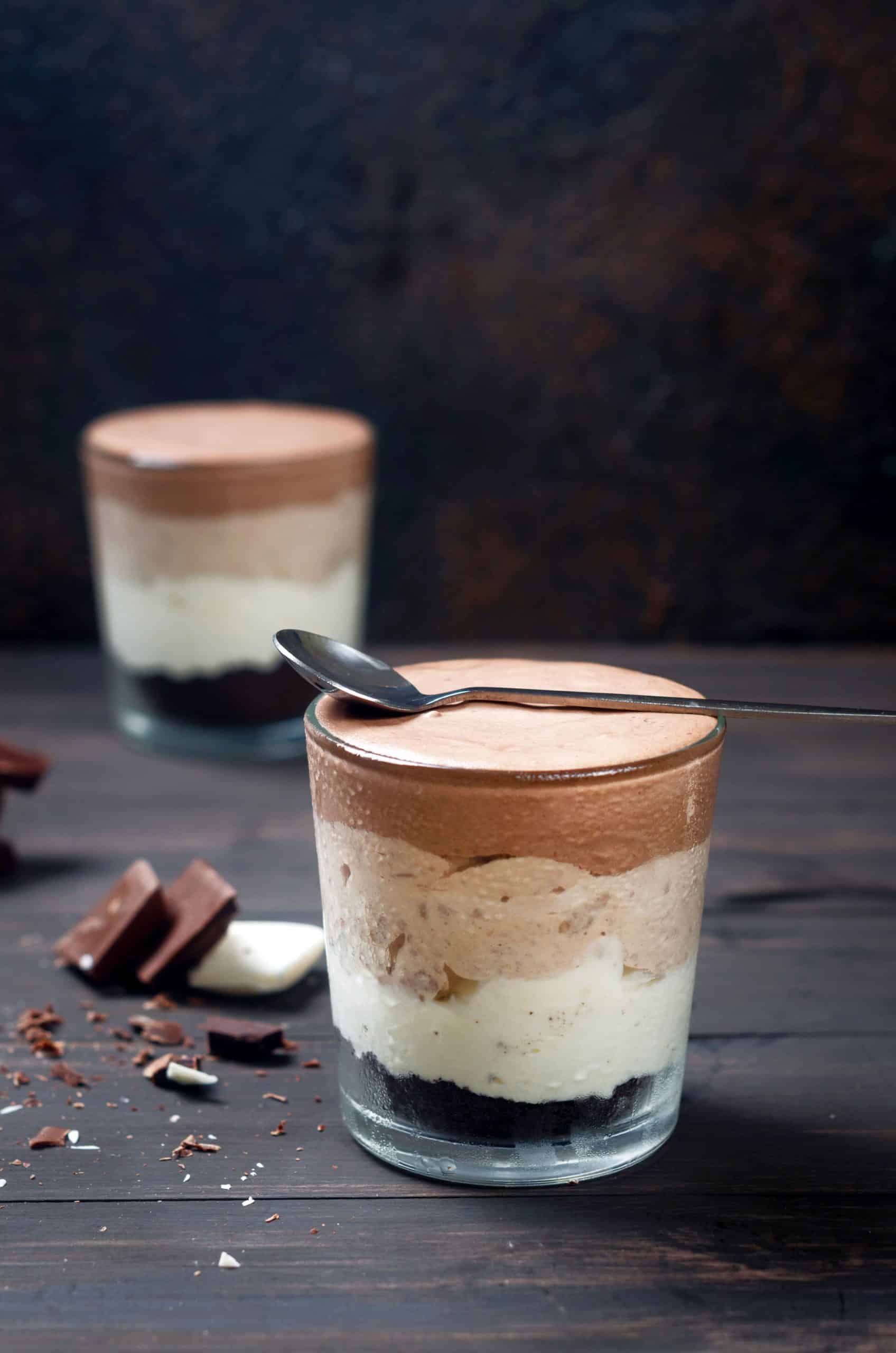The classic British trifle is a dessert that is as much a feast for the eyes as it is for the palate. Known for its layers of sponge cake, fruit, and custard, this sweet treat is a staple at many British gatherings and a favorite among dessert lovers worldwide. In this guide, we’ll walk you through the process of creating this delightful dish, from choosing the right ingredients to assembling the layers. We’ll also share some tips and tricks to help you make your trifle as delicious as possible. Let’s begin!
Choosing the Right Ingredients
The key to a perfect trifle lies in the quality of its ingredients. The first component is the sponge cake. Many opt for ladyfingers or Madeira cake, but any type of sponge will do. Next is the fruit, usually berries or peaches, but you can choose according to your preference. The custard is another crucial element, traditionally homemade, but store-bought versions can be used in a pinch. Lastly, the dish is topped off with whipped cream and sometimes garnished with almonds or chocolate shavings.
A voir aussi : Can You Create a Refreshing Greek Horiatiki Salad with Feta and Kalamata Olives?
Quality ingredients ensure that your trifle will be a hit. Seek out fresh, ripe fruit, and use a flavorful sponge cake. If you opt for a store-bought custard, choose a brand known for its excellent taste and texture. For the whipped cream, it’s best to whip it yourself for optimum freshness and flavor.
Preparing the Sponge Cake and Fruit
The sponge cake serves as the base of your trifle, soaking up the fruits’ juices and the custard, providing a lovely texture contrast. To prepare, simply cut your sponge cake into cubes or slices that will fit nicely in your trifle dish.
Sujet a lire : What’s the Secret to a Savory and Rich Boeuf Bourguignon with Red Wine?
Now, onto the fruit. Berries work well because of their natural sweetness and vibrant colors. However, if you’re using peaches or a similar type of fruit, you’ll want to peel and slice them. Some people like to macerate their fruit ahead of time. This means sprinkling it with a bit of sugar and letting it sit to draw out the juices. This step is optional, but it can enhance the taste of your trifle.
Creating the Custard
Arguably the most decadent part of the trifle is the custard. English custards are known for their creamy, velvety texture and delectable flavor. If you’re making your custard from scratch, you’ll need egg yolks, sugar, milk, and vanilla. It’s essential to heat your mixture slowly and stir continuously to avoid curdling the eggs.
Once your custard is thick enough to coat the back of a spoon, it’s done. Let it cool before layering it in your trifle, as the heat can cause your sponge cake to become too soggy.
Assembling the Trifle
Assembling the trifle is arguably the most fun part of the process. Start by covering the bottom of your dish with a layer of sponge cake. Next, add a layer of fruit, making sure to scatter it evenly over the cake. Then, pour over a generous layer of custard.
Repeat these steps until your dish is filled, typically two to three times depending on your dish’s size. Ensure the final layer is custard, then chill your trifle in the refrigerator for a few hours, or ideally overnight, to let the flavors meld together.
Adding the Final Touches
The final touches of your trifle are the whipped cream and garnishes. Whip up some fresh cream, adding a bit of sugar and vanilla for flavor. Spread this evenly over the top of your trifle. Then, garnish with your choice of almonds, chocolate shavings, or even some more of your chosen fruit.
Preparing a classic British trifle may seem daunting at first glance, but with the right ingredients and a bit of patience, it’s a surprisingly straightforward process. Plus, the end result is a stunning, delicious dessert that’s sure to impress at any gathering. Whether you’re a seasoned baker or a novice in the kitchen, give this delightful British classic a try – your taste buds will thank you.
Serving the Trifle
Serving your classic British trifle is the final step towards indulging in this delicious dessert. After your trifle has chilled sufficiently and the flavors have had a chance to meld together, it’s time to bring it out. Ideally, the trifle should be served in a clear glass bowl that showcases the beautiful layers. Don’t be surprised if your guests pause to admire your work before diving in!
A large serving spoon is the best tool to serve the trifle, as it allows you to dig deep and ensure each serving contains all the layers. Encourage your guests to go all the way to the bottom of the bowl with their spoons to truly experience the combination of textures and flavors.
Even though the trifle is a sweet dessert, it pairs well with a variety of beverages. For a truly British experience, serve the trifle with some traditional English tea or a glass of sherry, a fortified wine often used in making the trifle. For a more casual setting, coffee or even a glass of milk can also complement the dessert wonderfully.
Conclusion: The Joy of Making and Eating a Classic British Trifle
There you have it – the complete guide to preparing a classic British trifle. From selecting the right ingredients to assembling the layers, and finally serving it to your guests, each step is a delightful experience in its own right. Remember, the key to a perfect trifle lies in the quality of the ingredients and the time you allow for the flavors to meld together.
Creating a trifle is not just about the end result, but also about the joy of making something with your hands, the anticipation of waiting for the flavors to meld, and finally, the satisfaction of sharing a beautiful and delicious dessert with your loved ones. That’s the beauty of this British classic – it’s more than just a dessert, it’s a labor of love. So, whether you’re a seasoned baker or a novice in the kitchen, try making a classic British trifle. Your efforts will be rewarded with a dessert that’s not only a feast for the eyes but also a delight for the palate.











